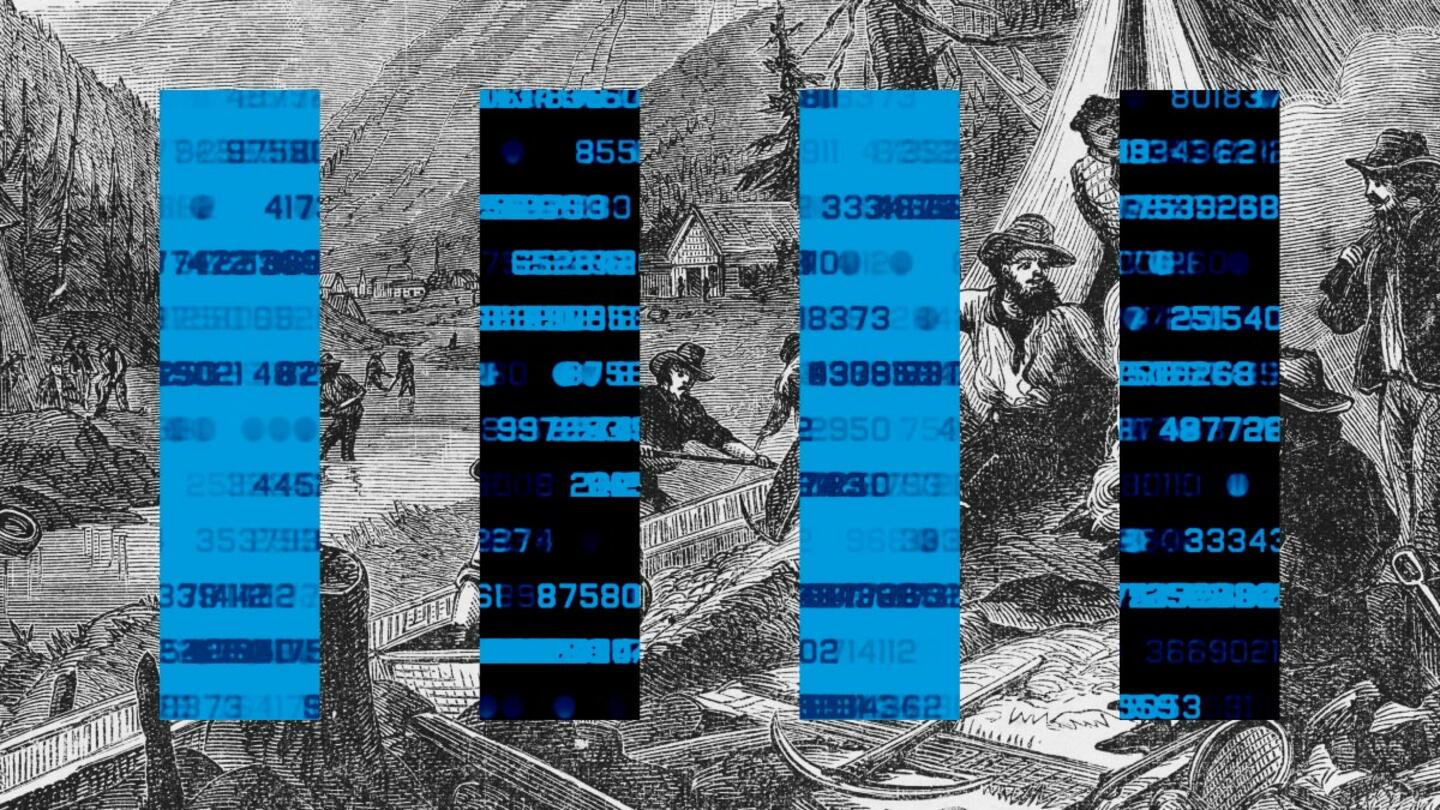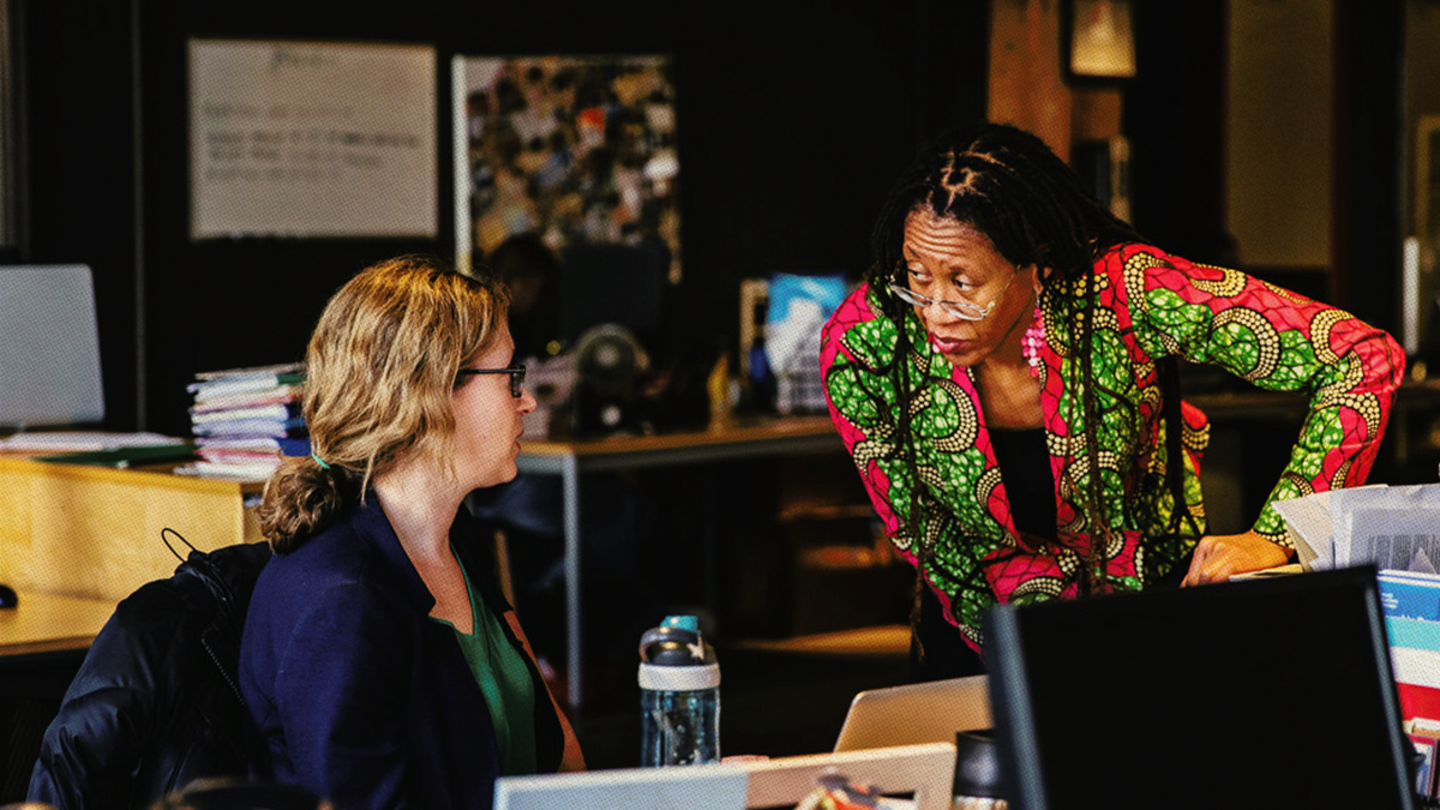What is postsecondary education? For decades, the only real answer has been a four-year college or university — or maybe a community college.
Today, this narrow definition falls short of meeting the diverse needs of learners, educators, and employers.
It’s time to transform postsecondary education to include more workers by embracing options that recognize and nurture each person’s unique talents and skills. That means recognizing learning and skills acquired in a variety of settings — not just through a degree.
The evolving role of postsecondary education
A college degree may be the best path for some people, but not for all people. For too long, we’ve discounted or diminished plans that don’t involve college after high school.
The modern world demands new pathways that support many unique journeys. These pathways may include a liberal arts degree, career and technical programs, competency and skills-based education, experiential learning, civic education, and community engagement. All types of learning after high school should be recognized as equally valid and valuable.
The key is that they don’t look the same for everyone.
Impact of technology and globalization
There’s a huge gap between the skills today’s employers need (or think they need) and the skills today’s workers have. Advancements in technology (like AI, semiconductors, and alternative energy) and a global economy have changed the workforce and pushed the limits of what education can deliver. The world is now more connected than ever and changing rapidly. Workers must be able to adapt and pivot quickly to meet the changing needs of employers through more ongoing learning alongside their career paths.
Technology makes it easier than ever to gain and demonstrate new abilities, but employers need to move beyond the degree-only mentality. Maryland is an excellent example of what happens when employers rethink this outdated norm. In 2022, then-Gov. Larry Hogan eliminated degree requirements for most state jobs. The Maryland government worked with Opportunity@Work, a nonprofit that advocates for skills-based hiring, to vet candidates without degrees, immediately and significantly increasing the number of people hired without degrees.
“Ending onerous college degree requirements was not just effective in creating a stronger workforce, it was also just common sense,” Hogan said. “Skills and hard work should determine success, not excessive credentialism.”
Current trends in postsecondary education
Some progress has been made, with today’s students approaching higher education differently from previous generations. For example, the pandemic forever transformed learning, leading to an unprecedented increase in distance learning. Online education now offers greater opportunities, convenience, and flexibility for learners.
Microcredentials are also growing in popularity, allowing students to demonstrate their aptitudes and talents in new ways. According to a report from the Society of Human Resources Management Foundation, the number of available alternative credential programs nearly tripled from 2018 to 2020.
But there’s much more work to be done.
Reevaluating the necessity of a college degree
More than 70 million American workers don’t have college degrees. However, entry-level jobs often require a bachelor’s degree, and applicants don’t have what employers need. According to a 2020 study by the United States Chamber of Commerce, 48% of hiring managers said candidates lack the skills for the jobs they’re trying to fill.
To stay competitive in job markets, employers need to reassess their reliance on degrees and put equal value on alternative education credentials and other forms of learning. Doing so will open a massive talent pool and collectively save workers millions of dollars that would otherwise be spent on degrees that don’t match their career goals.
Many rewarding careers don’t require college degrees once people become open to alternative pathways, according to Todd Rose, co-founder of Populace, a think tank that studies individuality. This acceptance needs to start early in our education system.
“We are sick and tired of funneling every kid to college just to have the privilege of being able to get a career that didn’t require a college diploma in the first place,” Rose said. “We have a new expectation for our education system for K-12. We want it to be focused on careers and meaningful work.”
Sign up for Stand Together's Rethinking Work & Learning newsletter to get the latest stories, ideas, and trends on the future of employment.
The rising cost of education
The cost of a college education has skyrocketed, making it out of reach for those unwilling to take on massive amounts of debt. In the 2021-22 academic year, annual tuition and fees for public and private nonprofit colleges averaged $9,800 and $40,700, respectively.
Less expensive alternatives could provide a much higher return on the investment into education. Embracing them can also enhance accessibility and inclusivity in the workplace by providing opportunities for those who may have struggled to find work in the past, such as older workers, veterans, or formerly incarcerated people.
Alternatives to a traditional college education may include:
- Vocational and technical training,
- Online courses and certifications,
- Entrepreneurship and startups, and
- “Earn and learn” models.
Pushing for reform in postsecondary education
Policy changes and innovations in the postsecondary education ecosystem shouldn’t be viewed as threatening traditional education. They should serve as a stimulus to enhance the value of a college degree. Though such a shift would be a significant endeavor, it’s essential and requires policymakers, educators, and students to come together to engage and take action.
That may mean integrating more career-relevant topics into college curriculums and providing students with increased opportunities for hands-on experience through methods like stackable credentials. On a policy front, it should include the elimination of unnecessary degree requirements for some public and private sector jobs and the potential use of existing funding to pay for programs that don’t grant degrees.
The path forward for education and employment
The good news: Innovators and entrepreneurs across the country are working to establish new and better pathways for learners. Changes like these can ultimately help individuals craft education paths that are best for their skills, aptitudes, experiences, and interests. But there’s much work to do on multiple fronts before alternate pathways are fully embraced.
“It’s more than an initiative,” said Debbie Dyson, CEO of OneTen, an organization focused on placing 1 million Black individuals without four-year degrees into family-sustaining careers. “It can’t be seen as just ‘an HR thing.’”
“This is a movement,” she said. “It has to be embedded and woven into the culture of organizations. This can’t be the CEO saying, ‘Go do this thing.’ You have to fundamentally change how you think about hiring, where we’re trying to disrupt the traditional way of hiring.”
Education designer Don Fraser agreed.
“This is a huge opportunity to unlock the jobs of the future — to fill the gaps that exist now between our workforce and what the future of our workforce actually needs,” he said.
When businesses hire the right people in the right roles, everyone wins. People want to learn, grow, and succeed, and the business gets engaged employees who create more value.
“Learners, educators, employers — they all have a stake in co-designing and building a solution,” Fraser said. “It builds confidence. It builds agency, and at the end of the day, you’re building something that people actually want. If we bring the people who are closest to the problem into the conversation, we have a real shot at making this world a better place for everyone.”
***
Organizations mentioned previously, including Populace and Opportunity@Work, will take the stage at the Human Potential Summit in Denver, Colorado this October. As a sponsor, Stand Together is offering a 20% discount on your ticket for a limited time. Claim your ticket(s) here to learn from leading innovators at the Summit.
Learn more about Stand Together’s Future of Work efforts and explore ways you can partner with us.

Why AI may help more people achieve the American Dream.

Data centers are at the forefront of the ‘new economy.’ But what exactly are they?

Here’s how to bridge the disconnect between employers and employees.

Lessons learned from Colorado.
